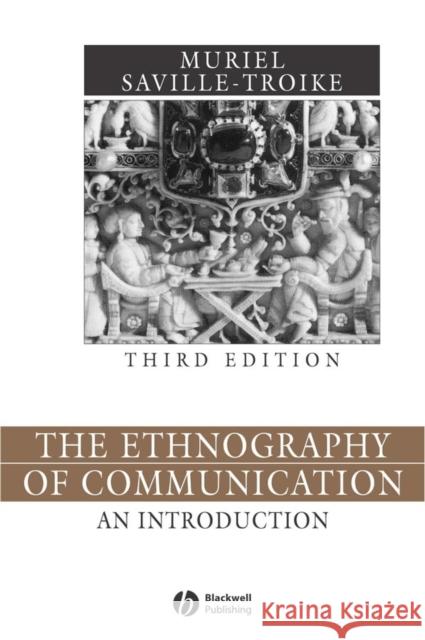Ethnography of Communication 3e » książka
topmenu
Ethnography of Communication 3e
ISBN-13: 9780631228417 / Angielski / Twarda / 2002 / 336 str.
The Ethnography of Communication presents the terms and concepts which are essential for discussing how and why language is used and how its use varies in different cultures.
- Presents the essential terms and concepts introduced and developed by Dell Hymes and others and surveys the most important findings and applications of their work.
- Draws on insights from social anthropology and psycholinguistics in investigating the patterning of communicative behavior in specific cultural settings.
- Includes two completely new chapters on contrasts in patterns of communication and on politeness, power, and politics.
- Incorporates a broad range of examples and illustrations from many languages and cultures for analyzing patterns of communicative phenomena.











